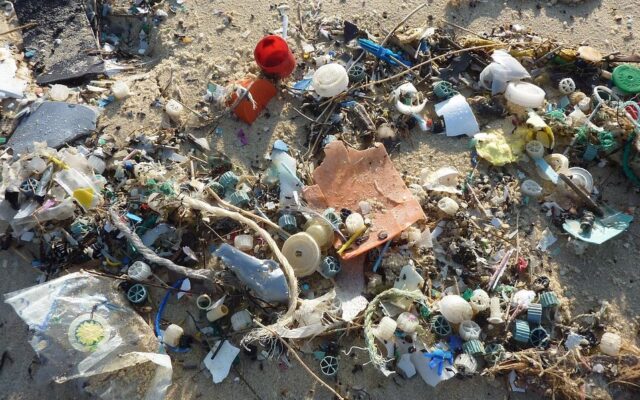
The Far-reaching Effects of Plastic Pollution
It’s not always easy to get our heads around the fact that plastic pollution is a global problem. That’s because, when we say global, we don’t just mean certain areas of each continent – we really do mean the entire globe.
There isn’t a single type of environment that hasn’t been affected by plastic pollution in some way, and in this article, we will be exploring three of the most prominent ones.
Oceans
When it comes to plastic pollution, our oceans take the brunt of the hit. Millions and millions of kilograms of plastic can be found in convergences which make up around 40% of the world’s oceans. If the amount of plastic which enters our oceans continues to rise at its current rate, by 2050 – plastic is expected to outweigh all of the fish in the sea.
But it’s not the mere presence of plastic which is an issue – it has a direct and deadly effect on marine life. Thousands of seabirds, turtles, seals and other marine mammals are killed each year after ingesting plastic. Some are killed after becoming entangled in it.
Here are some quick-fire facts:
- Fish in the North Pacific ingest 12,00 to 24,000 tonnes of plastic each year
- Sea turtles can mistake floating plastic bags for jellyfish
- Research indicates over half of the world’s sea turtle population has ingested plastic
- Plastic ingestion reduces the storage volume of the stomach, causing starvation
- It’s estimated that 60% of all seabird species have eaten plastic, with that number predicted to rise to 99% by 2050
Rivers
Of course, plastic isn’t usually just dumped directly into our oceans, it flows there through the global riverine system. It’s estimated that around 1.2 and 2.4 million tonnes of plastic currently flows through that system to our oceans each year.
Most of the top 20 polluting rivers were located in Asia and accounted for more than two thirds of the global annual input. However, rivers from Africa, South and Central America and Europe all contribute.
Islands
When plastic isn’t swirling in convergences in our oceans, it can get washed up on far-flung shores. A mind-boggling example of this is Henderson Island, which lies halfway between New Zealand and Chile. It’s one of the most remote locations on Earth.
Despite this, if you were to travel there, you would find objects from Russia, the United States, China, Japan and Europe. It’s all waste – and most of it is plastic. It was swept across global seas until it was pulled into the South Pacific gyre, a circular ocean current that functions a bit like a conveyor belt. The current passively collects discarded rubbish and deposits it on Henderson Island’s shore. It receives around 3,500 pieces a day.
At Brown Recycling, we can help find solutions to recycle various grades of recyclable plastics, in order to prevent further plastic pollution. Also, any lower quality or problematic grades of plastic will still be diverted from landfill by being processed into energy-from-waste fuel at our facility.
This website uses cookies to enhance your browsing experience and deliver personalised ads. By clicking “Accept All Cookies”, you agree to the storing of cookies on your device to enhance site navigation, analyse site usage, and assist in our marketing efforts.




